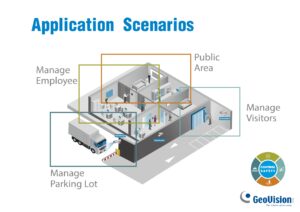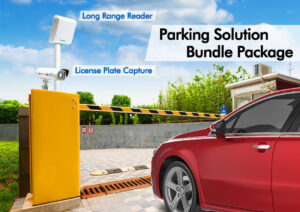
Energy savings and operational efficiency aside, a smart building is all about the user experience. Advances in access control technology – for example integration with building management and more innovative credentialing – ensure a more automated and frictionless experience as users go in and out of the building.
Beyond opening doors, access control can now work with other systems to automate processes that were traditionally done manually. A good access control system can trigger actions in other building systems tailored to the individual entering the building. Access control can trigger personalized actions, such as turning on specific lights, unlocking a PC, and turning on air conditioning next to a desk, creating a great start to a user’s day.
(Benefits for users include) not waiting too long for your lift, being directed to the next one, ensuring the room temp is at the optimum, being directed to a free hot desking module/spot and assigning rights, and routing calls to either landline or mobile phone depending on where the person is – in or out of the office.
Meanwhile, the access control system itself today offers more interaction with the user. Touchscreen readers with vibrant color displays provide a nice intuitive interface for users entering a space, and can provide custom messaging to alert users of emergencies or upcoming events. When mounted next to a conference room, the touchscreen reader can manage the room booking, allowing a user to book the conference room if it is available, or, providing information as to when it will be available. And some touchscreen readers have built-in voice features, serving as an intercom to allow communications to a guard station when needed.
Credentialing
Today, more and more end user entities have switched to other forms of credentialing for employees, who have more options to choose from rather than cards or keyfobs that they easily forget. One of them is their mobile device. Today the least likely item anyone forgets is their mobile phone. So there now exists access control applications which allow your phone to act as a ‘credential’ and permit access to office doors.

License plate recognition is another form of credentialing when entering the carpark in the building. Think of all the times you were delayed entering your office building’s parking lot because you accidentally dropped your car’s long-range RFID fob/badge in your car’s center console or it fell under the seat. License plate recognition (LPR) guarantees employees are never denied access to their building’s parking lot. LPR gate controllers ensure motorists can gain access to parking lots unencumbered. Use of LPR technology is a great way to maintain a positive user experience as it pertains to access control.
Finally, a biometric, be it a person’s fingerprint, iris or face, can be an effective credential since it’s something that one will never forget. And the trend is such that access control will integrate with facial recognition to make the access even more frictionless. A camera could record someone entering the facility in advance of the access control system, and it can verify if the individual should have access to the building. The integration of these two systems offers many possibilities as they not only interact in the same space, but actually can communicate with each other. In this way, the video management system can be used as a facial recognition system to grant access without needing a credential. In this way, individuals become the credential.
Source: a&s Magazine



































































